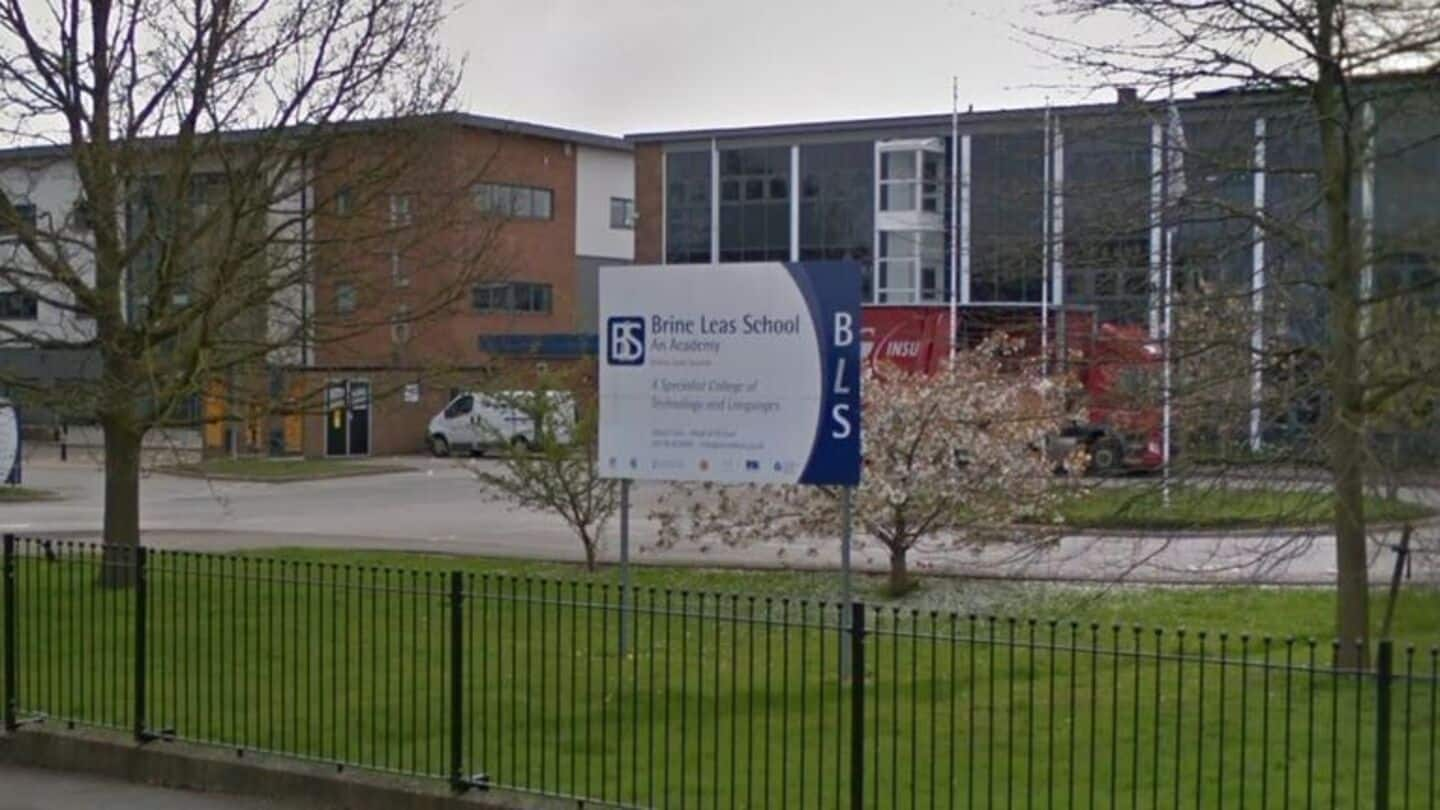
England's declining birthrate could close 800 primary schools by 2029
What's the story
A new study by the Education Policy Institute has found that England's declining birth rates could result in the closure of around 800 primary schools by 2029. The research indicates a projected drop of 4% in primary pupil numbers over the next five years, which translates to a loss of about 162,000 pupils. The decline is particularly pronounced in London, where many families are leaving the state education system for private schools or emigrating.
Financial strain
Financial pressures on schools
The national birthrate peaked in 2010, leading to a spike in primary school enrollments between 2014 and 2018. However, since then, pupil numbers have been declining. Jon Andrews from EPI noted that "schools with falling pupil numbers face increasing financial pressures," which could threaten their long-term viability. Paul Whiteman of the National Association of Head Teachers urged government support for councils to keep schools open and build capacity for greater inclusion.
Family dynamics
Other factors contributing to decline
Lily Wielar from EPI said that "falling pupil numbers cannot be explained by declining birthrates alone," with factors like cost of living and housing pressures also playing a role. The report also found that nine out of 10 local authorities with the biggest declines in primary school pupil numbers are in London. Islington, Lambeth, and Southwark are expected to see the steepest declines over the next five years.
Migration effects
Migration and other effects
The EPI found that 20% of children who started in reception classes in 2017-18 had left state schools by year six. The report suggested that this could be due to post-Brexit migration or the aftereffects of the Covid pandemic. It also noted a phenomenon called "missing or permanent leavers," which may reflect higher proportions of international families in London who are more likely to leave England.